#Passkeys
ISN is #rollingcode! It's temporary, a new code generates on every #carkey's #enginestart.
So, this code doesn't mean You forever access the vehicle's #carimmobiliser, seen?
#HapaUjanjaTu, this rubbish makes You #mjanja for #passkeys from #EEPROM's data, do #lostkeys #ECUProgramming #ecurepair
https://www.5021.tips/ujanja/keyprogramming
#InshaAllah, may whatever nonsense make sense do #carkeyprogramming #smartkeyprogramming #immoff #programmingtips #5021tips #techtips #autoelectronics
@rmondello Ricky, tell them about #passkeys and they’ll be reverse spammed
Version 4 of the NIST Digital Identity Guidelines (SP 800-63) has been released!

Der Stichtag ist da: #Microsoft löscht heute sämtliche #Passwörter unwiderruflich aus dem #Authenticator. Die strategische Neuausrichtung soll den Umstieg auf sichere #Passkeys fördern. https://winfuture.de/news,152663.html?utm_source=Mastodon&utm_medium=ManualStatus&utm_campaign=SocialMedia

#MicrosoftAuthenticator won't manage your #passwords anymore - or most #passkeys

TIL #Passkeys for Apple ID do NOT show in Passwords.app > Passkeys on macOS. There is also no way to remove a passkey in AppleID webUI. Or at least Apple support was not aware of any way.
Fun times.
@jwildeboer Cards are small and rare market - not for the masses. I have the same issues with smart cards/tokens or #passkeys hardware. The storage size is not really growing over time.
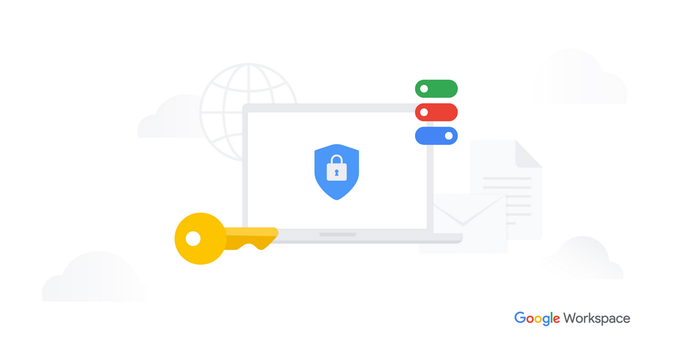
The Convenience Trap: Why Seamless Banking Access Can Turn 2FA into 1FA
https://blog.opencore.ch/posts/the-convenience-trap-2fa/
#ycombinator #2FA #banking #mfa #cybersecurity #passkeys
A lot has been said about #passkeys , but what are the benefits and drawbacks from a product manager's perspective?
I'll tell you here: https://www.leadinginproduct.com/p/passkeys-vs-passwords

Also die "Nötigung" zu #passkeys geht mir ja schwer auf den Sack!
*GöGa hat da gerade was unbewusst aktiviert, bzw. läuft regelrecht "schleichend", man wird nicht ordentlich gefragt! Hab es nur an einer E-Mail bemerkt, dass etwas eingerichtet wurde, GöGa hat es gar nicht mitbekommen
Kommentar zu #Passkeys: Einer für alle – oder #Microsoft gegen den Rest? | c't Magazin https://www.heise.de/meinung/Kommentar-zu-Passkeys-Einer-fuer-alle-oder-Microsoft-gegen-den-Rest-10493935.html #passkey
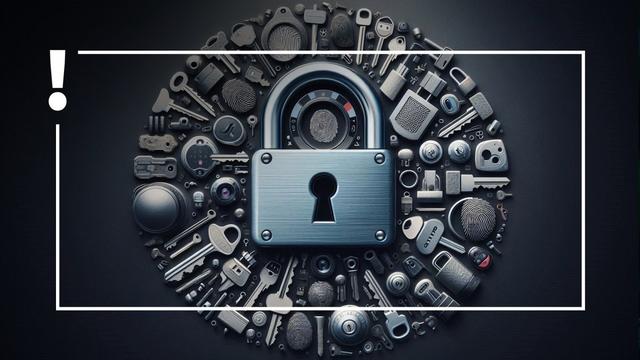
Expel apologizes for giving everyone the impression that attackers had found a way to remotely abuse WebAuthn's cross-device authentication (a.k.a "hybrid auth") capability. Hybrid auth has always required physical proximity as established by e.g. a BLE connection between auth and access device at the time of auth:
https://expel.com/blog/an-important-update-and-apology-on-our-poisonseed-blog/
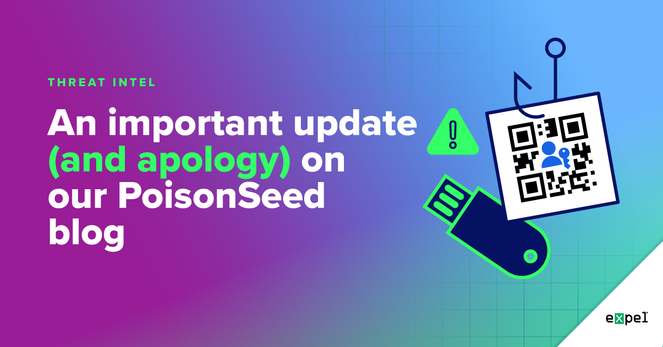

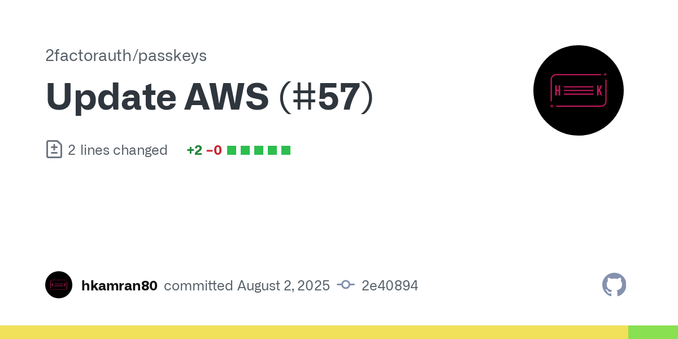
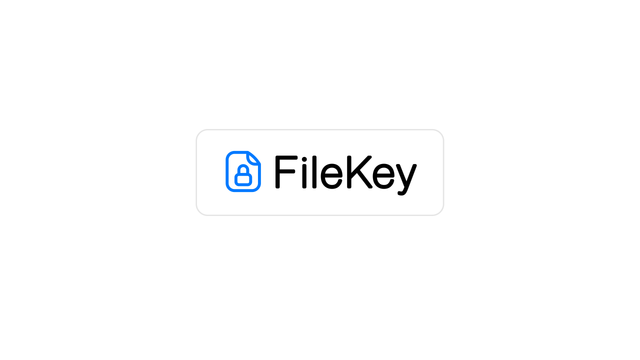
 Hacker News
Hacker News 
